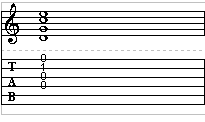Let’s pretend that you’ve got an audition coming up in a couple of days for a hip new band looking for a guitar player. The band gives you some sheet music with the band’s songs on it so you can get a little practice in before the big day.
Time comes for practice and you’re all set. With guitar in hand you set out to learn the songs only to find, to your horror, weird chords with slashes. It’s unlike anything you’ve ever seen. It must be some of that music theory stuff you keep hearing about. You curse yourself for not paying closer attention in music class…
You see chords with names like C/G or C/E.
What’s going to happen if you show up for your audition and you still don’t know what the heck they are? Sure, you can always try to fake it, but which chord or which side of the slash are you going to play? It’s a nightmare!
A slash chord or slashed chord, also compound chord, is a chord whose bass note or inversion is indicated by the addition of a slash and the letter of the bass after the root note letter. It does not indicate “or”.
So, in other words: slash chords are just normal chords with one note changed. The note altered is the root note of the chord. The root note will be the lowest note of the chord, so we are simply altering (or changing) the lowest note of the chord.
The first chord (the chord on the left of the slash) is the main chord. The chord on the right of the slash is not a chord at all. It’s the name of the note that we want the lowest note of the chord to be.
Fig. 1 C/E
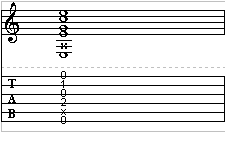
Fig. 2 C/G

Fig. 3 C/E
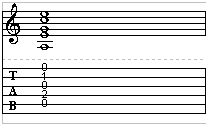
Fig. 4 C/A? Nope!
A is the relative minor for C. It’s labeled as Am7 and not C/A.
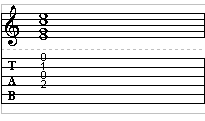
Fig. 5 C/F
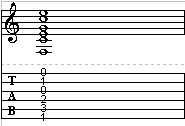
Fig. 6 C/B
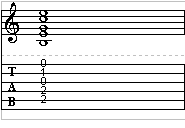
Fig. 7 C/D
